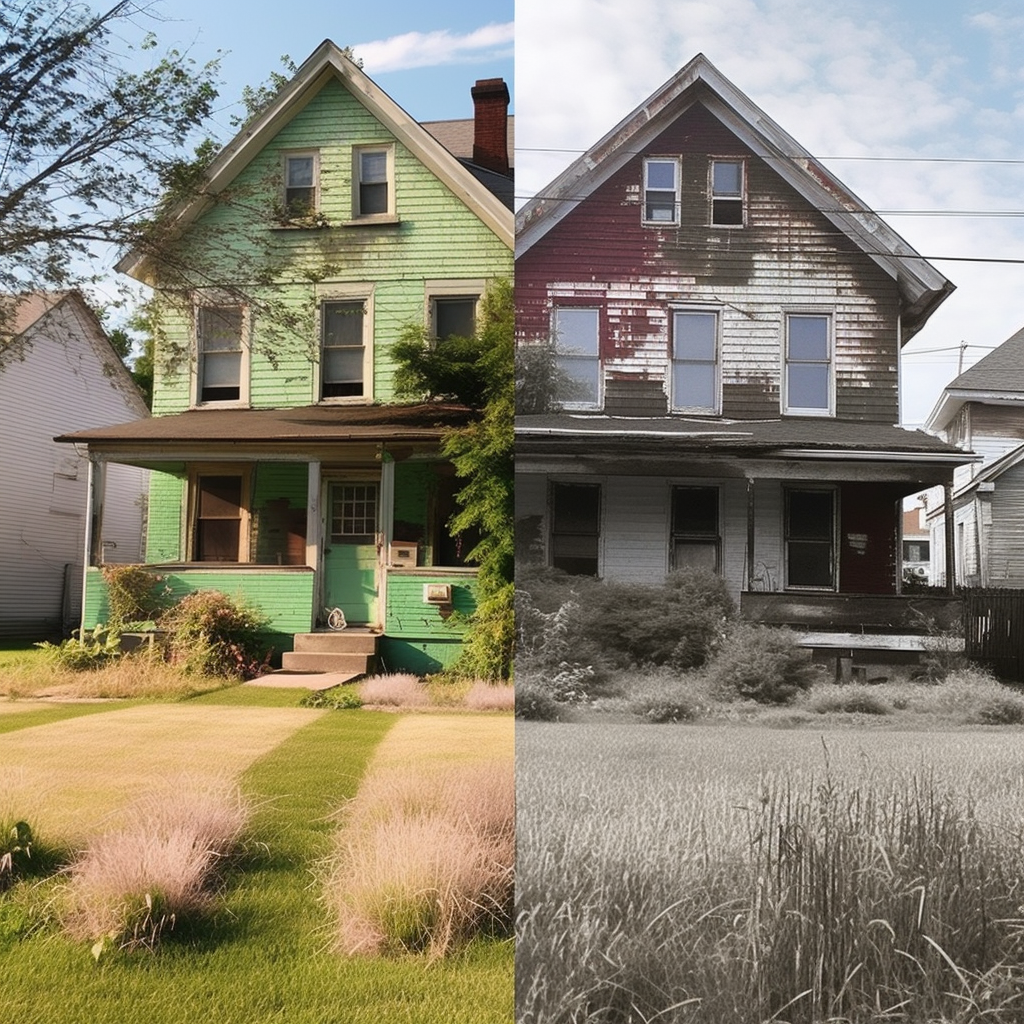If you’re keen on diving into the world of residential real estate investment, you may have stumbled upon the term BRRRR. This stands for Buy, Rehab, Rent, Refinance, Repeat, and serves as a strategic roadmap for long-term real estate investing. Unlike the one-time profit of house-flipping, the BRRRR method aims for a steady income stream and long-term equity growth, making it ideal for those invested in the long haul.

Demystifying the BRRRR Method
The BRRRR framework provides a structured approach to real estate investment. Starting with purchasing a property in need of some TLC, you move through a series of steps—renovation, rental, refinancing—to ultimately cash out your initial gains. Then the cycle begins anew with another property, setting up a chain of compounding financial rewards.
Even if you’re new to real estate, this multi-step strategy can be approachable with the right planning and a comprehensive grasp of market dynamics.
The Cornerstone: Property Acquisition
As real estate investor and finance educator Todd Baldwin rightly puts it, “Your profitability is determined at the acquisition stage.” Securing a property at a discounted rate or under market value is your first win, simplifying the challenges that follow. Ideally you will never spend more than 70% of the after-rehabitation-value on the acquisition.
Breaking Down the BRRRR Steps
Buy: With a sea of options, it’s crucial to focus on properties requiring upgrades but with promising financial potential. Conduct thorough due diligence to know the exact scope and timeline of necessary renovations. Also, understand your financing options and cash requirement for the project up front. Don’t get so focused on the property that you lose sight of the money side of the equation.
Rehab: This stage involves making the property appealing and livable for tenants. While you might not be an expert in rehabbing, professional consultation can offer accurate cost and timeline estimations. Always have a contingency budget for unexpected expenditures. Control your costs and control your timeline.
Rent: Once the property is up to standard, your goal is to rent it out at a rate that at least covers your mortgage. Property management companies can be invaluable in handling the complexities of tenant relations and ongoing maintenance. Getting the wrong tenant in the property could kill the whole project.
Refinance: This is where patience plays a role. You’ll be accumulating equity in the property as you await the opportune moment for a cash-out refinance. Different lenders have varying conditions, so a nuanced understanding of these requirements is critical.
Repeat: The unique selling point of the BRRRR method is its replicability. Once you’ve mastered one cycle, you’ll find each subsequent iteration easier, adding layer upon layer to your income-generating property portfolio.
Who is the Ideal Candidate for the BRRRR Method?
The BRRRR method is not a universal fit. However, those who are willing to invest the time in learning the ropes and perhaps get guidance from experienced investors can navigate this intricate yet rewarding path successfully. The optimum person for BRRRR is an investor with access to substantial cash or private loans, an understanding of residential construction and project management, and the desire and ability to take on some risk.
The Pros and Cons
Pros:
- Steady and Reliable Passive Income
- Consistent Growth in Equity
- Scalable Investment Strategy
Cons:
- Significant Time and Financial Investment in Rehab
- Longer Timeframe to Profitability
- Increasing Landlord Responsibilities as You Scale
- Market Risks and Financial Variables
Parting Advice
If the BRRRR real estate investment model piques your interest, knowledge is your most valuable asset. Exhaustive research, expert consultations, and possible mentorship can offer a well-rounded understanding of this intricate yet lucrative investment approach. Reach out to us, and we can get you started on all of those tracks.
While the BRRRR method comes with its share of complexities, proper planning and prudent decision-making can make it a rewarding venture, even for those new to real estate investment.
